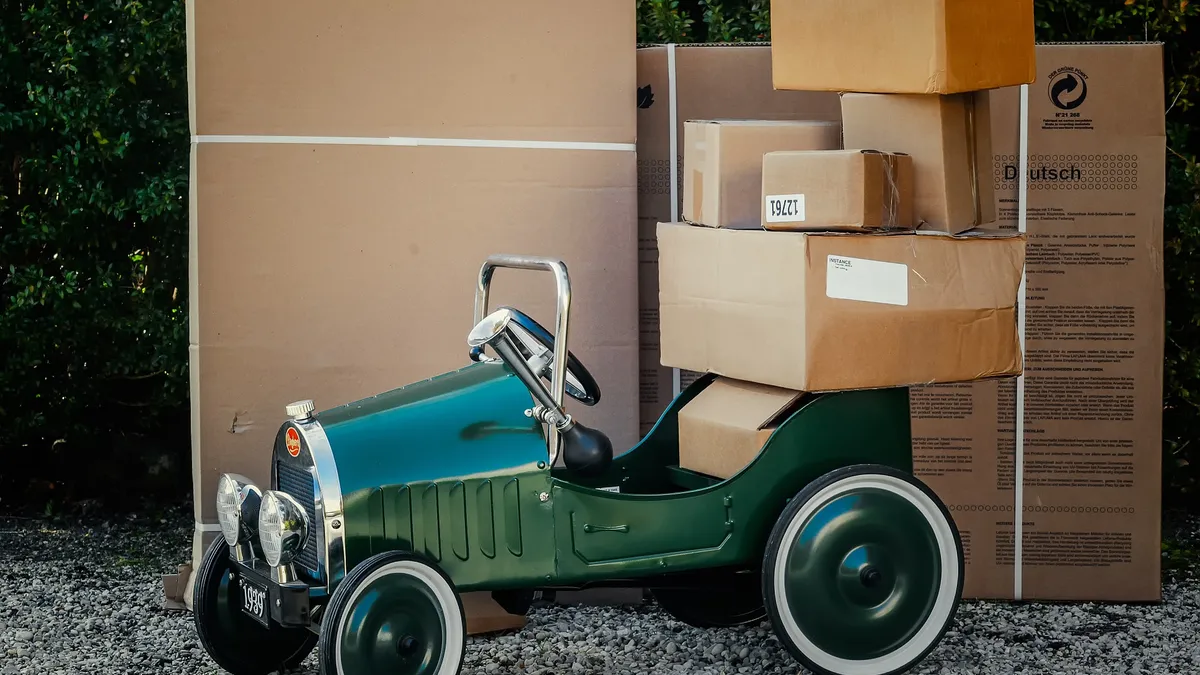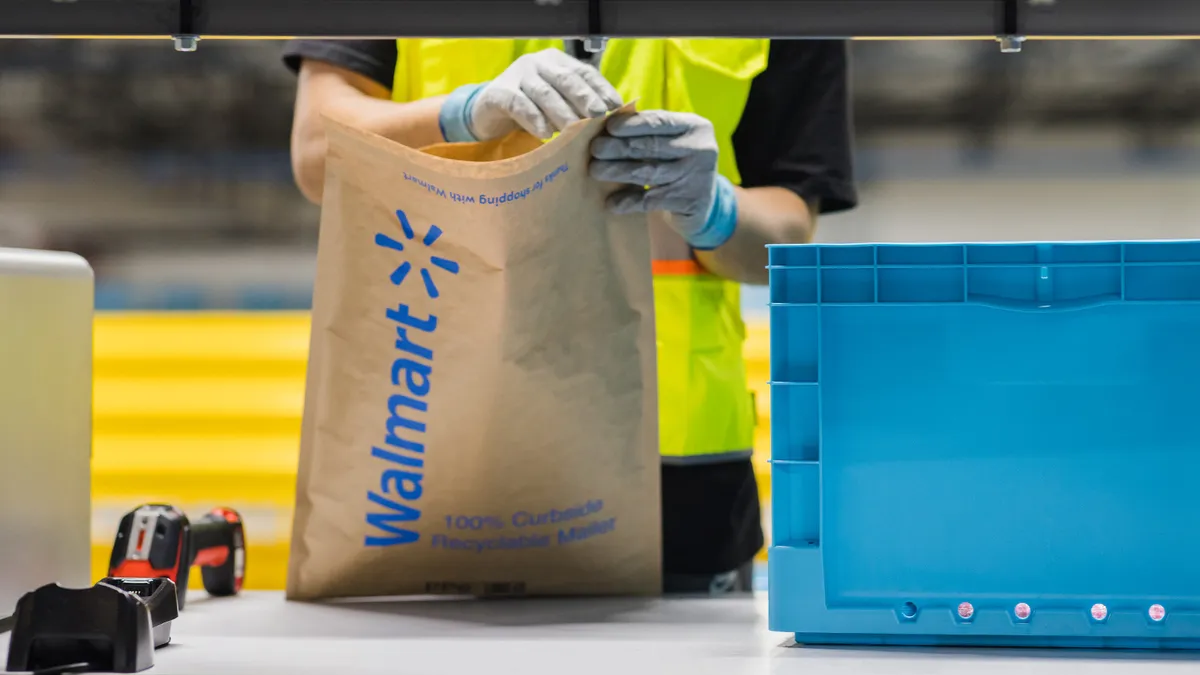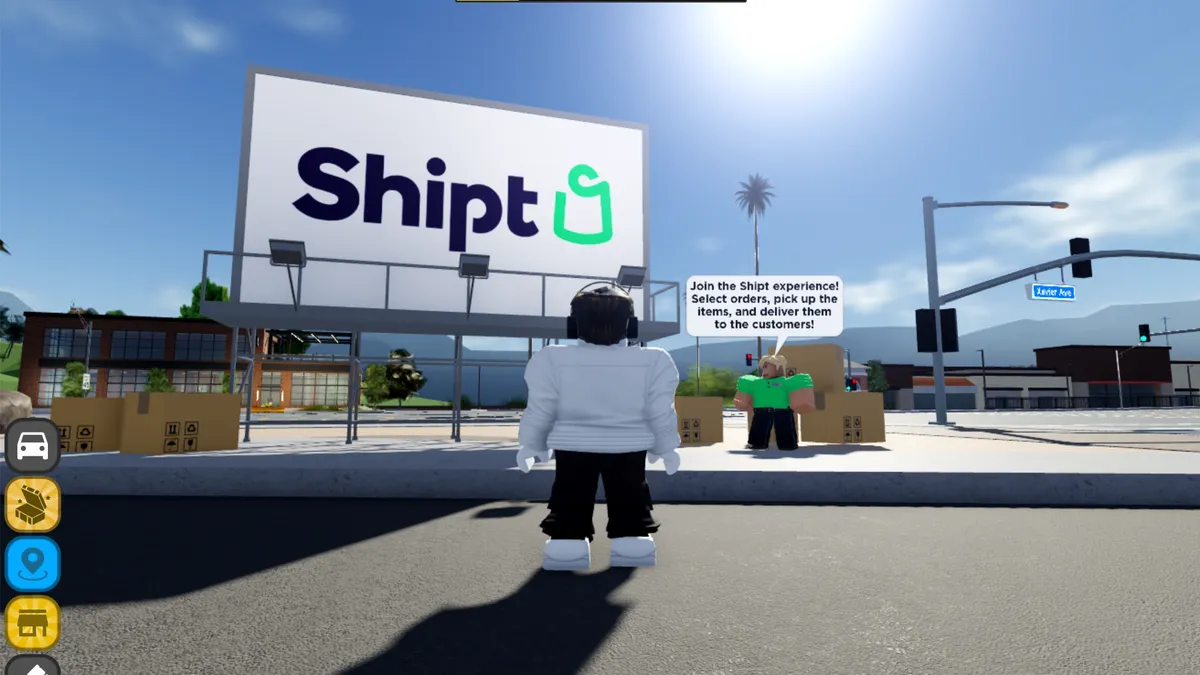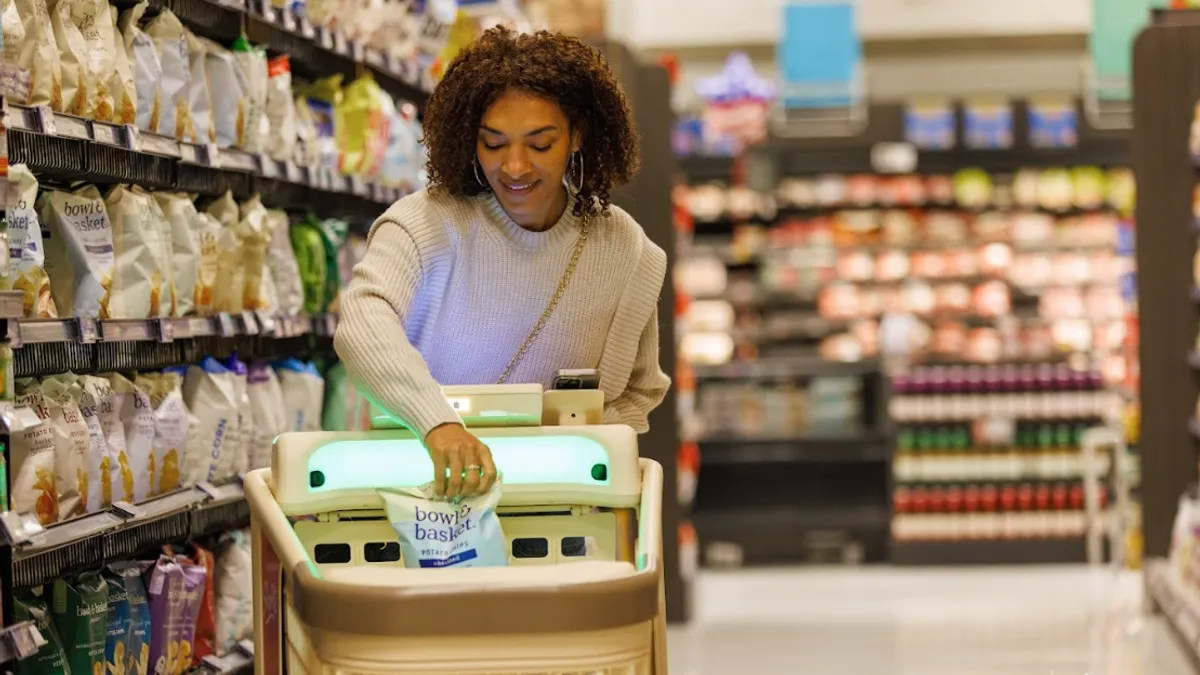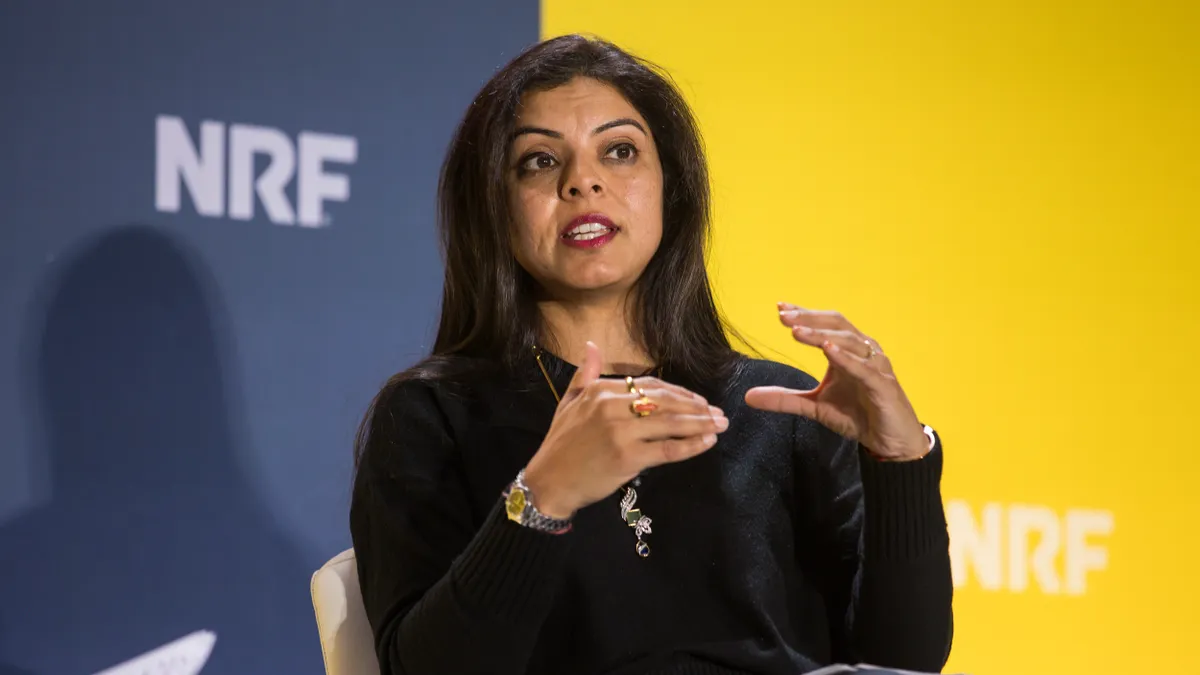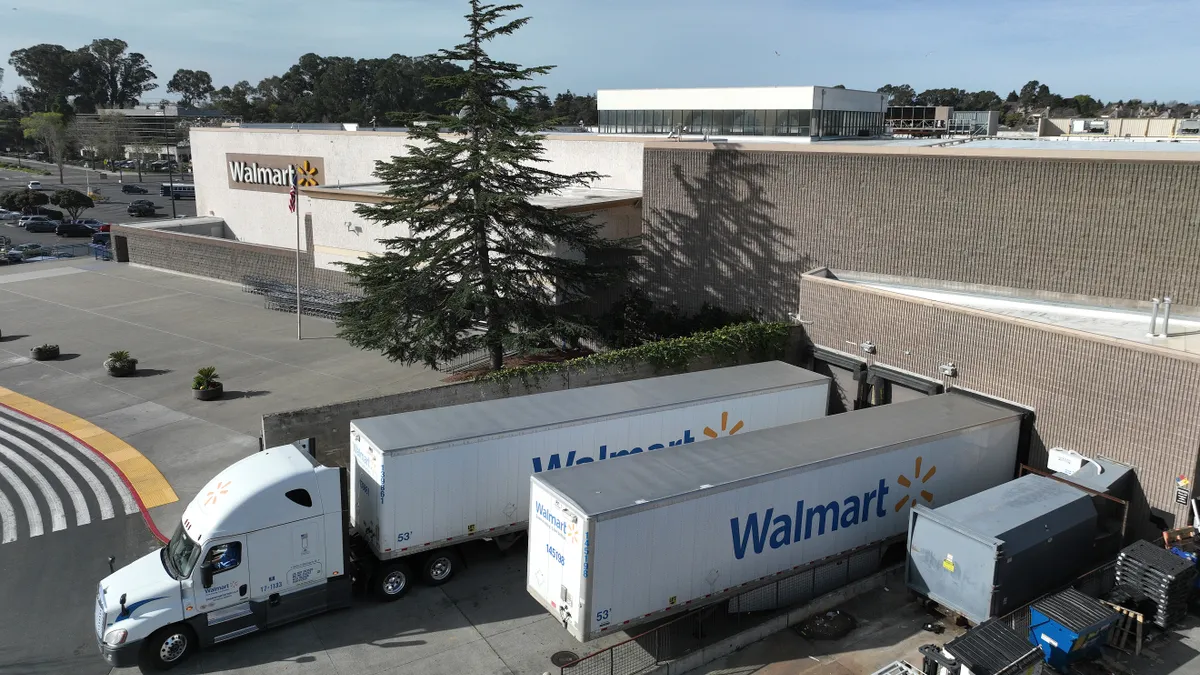Editor's Note: This article is part of a series on perfecting last-mile delivery. All stories in this series can be found here.
Last-mile delivery ain’t cheap! Or easy! Estimates show the final leg of delivery can comprise up to 28% of a product’s total transportation cost – it’s no wonder retailers are searching for ways to perfect the process.
To do so, retailers and logistics providers must first understand the factors driving costs. In addition to warehousing, fulfillment and technology expenses; fuel, vehicle and labor costs also factor into the last-mile price tag.
Each segment has its list of inefficiencies, although it varies per retailer. When examining their costs and trying to perfect their last-mile strategy, retailers should look closely at their routes, loading processes and future opportunities.
The costs of last-mile fulfillment
“There are a variety of factors that go into these costs,” Greg West, vice president of less-than-truckload (LTL) at C.H. Robinson Worldwide, said. He breaks last mile costs down to four categories:
- Warehousing – The amount of space, storage characteristics, geographic location and total number of locations can come into play and impact the cost.
- Fulfillment – The number of individual SKUs, packaging needs, order fulfillment time, and the amount of orders.
- Delivery – The time frame, size of orders, delivery scope [doorstep, inside white glove] and mileage
- Technology – The need for supply chain visibility and adaptability to customers’ ever-demanding and changing needs can impact costs.
In addition, capital, equipment and labor costs of transportation also factor into the price tag.
Brad Bradley, enterprise account manager at Descartes, a Waterloo, Ontario-based 3PL, says reasonable estimates can range from $1.50 per mile in a one-person box truck with local dense delivery to more than $4 per mile with two to three people in a 48-foot truck. At the per-package rate, a small package in a high-density delivery could run as low as $10 while a large item, such as a refrigerator, could run to more than $50 each.
A few other interesting factoids: Descartes research shows that out-of-route miles account for 3% to 10% of a driver’s total mileage at $1 an hour. Every mile per hour increase above 55 mph reduces fuel mileage by .1 miles per gallon. Vehicles that average 7 mpg at 55 mph will average less than 5 mpg at 75 mph. And most class 8 tractors will consume 1.25 gallons per hour when idling.
Congestion, or inefficient route planning are therefore additional, hidden costs to last mile expenses.
What’s a retailer to do?
BC Sands is a supplier of premium building and landscape products in Australia. Based in Sydney, the company was having trouble with tight delivery windows and high demand for same-day deliveries — complicated by Sydney’s intricate road network and traffic congestion. The 30-year-old company provides more than 10,000 products from two sites, via a fleet of more than 30 trucks to over 1,100 customers weekly.
By working with Bestrane, Descartes’ Australian solutions distributor, BC Sands deployed solutions that combined planning, execution and comprehensive reporting to provide route optimization with fully-integrated route tracking and execution via mobile devices.
A one or two delivery drop-off can be more expensive than five to ten deliveries logistically planned.

Brad Bradley
Enterprise Account Manager, Descartes
Over six months BC Sands decreased its fuel costs per delivery by 6%, decreased its driver hours per month by 4% and increased deliveries per driver hour by 12%, all as compared to the 12 months prior to adopting the solution.
“We’ve moved from ‘best guess’ times for deliveries to accurate, scheduled time windows,” says Mark Parsons, managing director at BC Sands. “We can meet same-day delivery expectations, keep customers informed and easily amend orders on the fly while increasing consistency of our ability to ‘deliver in full, on time.’”
Before loading the truck
Not managing their costs properly can cause retailers to lose control of visibility to all of their inventory throughout the supply chain, West says. “They can face confusion in regards to where they should be pulling orders from (DC, store, vendor direct etc.). Also, same day and on-demand delivery create additional pressure.”
Other issues certainly can arise in the fulfillment center. Each needs to be tailored to its customers’ needs, he adds, adding that cost, proximity to customer base, knowledge of customer product and processes, and relationships all play into the mix.
Before customer-driven, same-day requirements a company could get by with one center, Brian Catron, senior director, retail strategy and product design at APL Logistics, told Supply Chain Dive. “Then came the need for speed and cost,” he adds. “Now we have e-commerce and the need for more fulfillment centers. You go from one to four to six supply chain warehouses. The school of thought is that every time you have a new facility, you increase carrying costs and you need safety stock in all of them.”
If you combine stakeholders suddenly you have, collectively, a nice percentage of capacity across the stakes.

Brian Catron
Senior Director, Retail Strategy and Product Design, APL Logistics
Get closer, he advises. Share facility cost and the DC with non-competitors or generic products — fashion, footwear and electronics can share space, for example. Leverage facility space and truck capacity. Leverage scalability to shared resources with a 3PL.
Disruption is a good thing
Disruption changes the way things are done. The rise of Uber changed the way people get around, now it’s helping change the way goods are delivered, Catron said.
“Uber disrupted. They identified capacity no one else did: The passenger seat on more than 3,000 cars. It’s a massive capacity that no one [discovered] with final store delivery,” he said. “People collaborate. Different drivers have the capacity at different times. It fits with one account, but if you combine stakeholders suddenly you have, collectively, a nice percentage of capacity across the stakes.”
That system is ideal for small parcel goods, when customers want the product immediately and the retailers don’t have private fleet delivery available, added Descartes’ Bradley. There are issues to be wary of, though. “A one or two delivery drop-off can be more expensive than five to ten deliveries logistically planned.”
Looking ahead, “there are a lot of very specialized ideas out there.” Drones, self-driving cars, centralized package delivery points and in-city distribution centers are some of the trends shaping the future of the last mile. In the meantime, retailers have plenty of cost-saving opportunities to consider.


